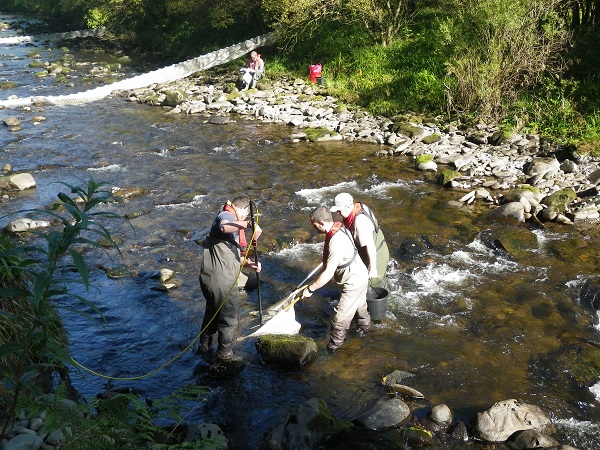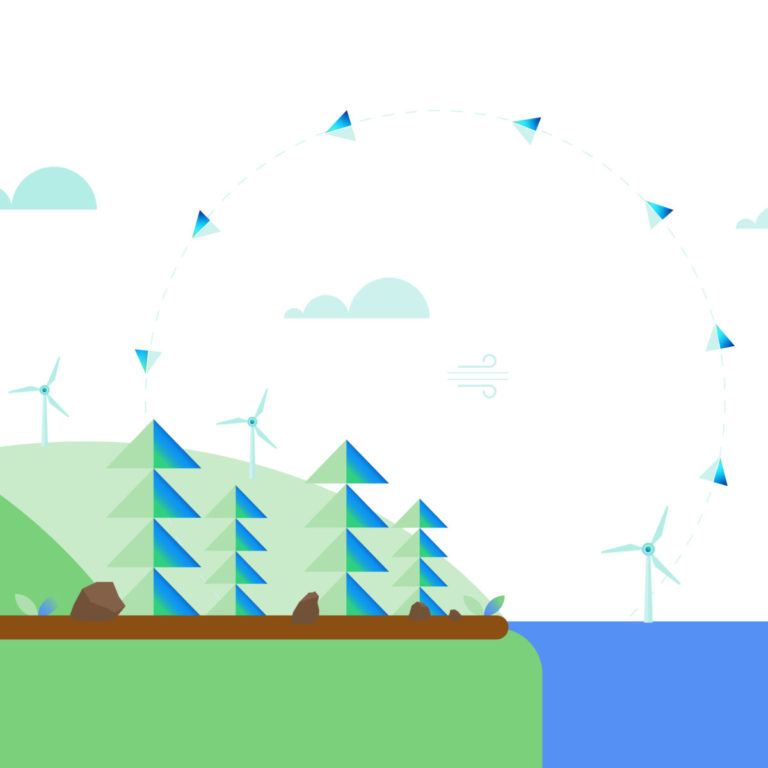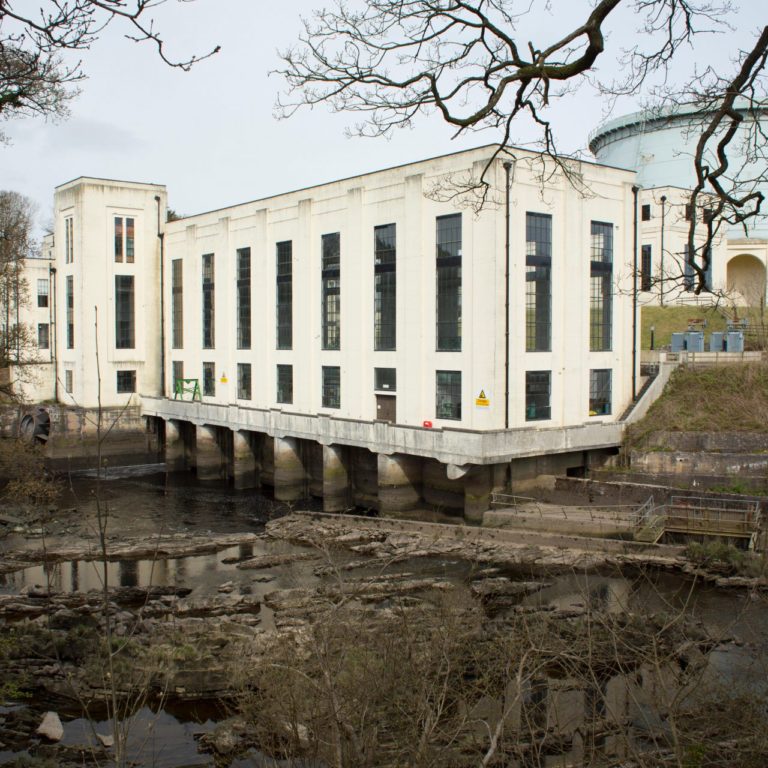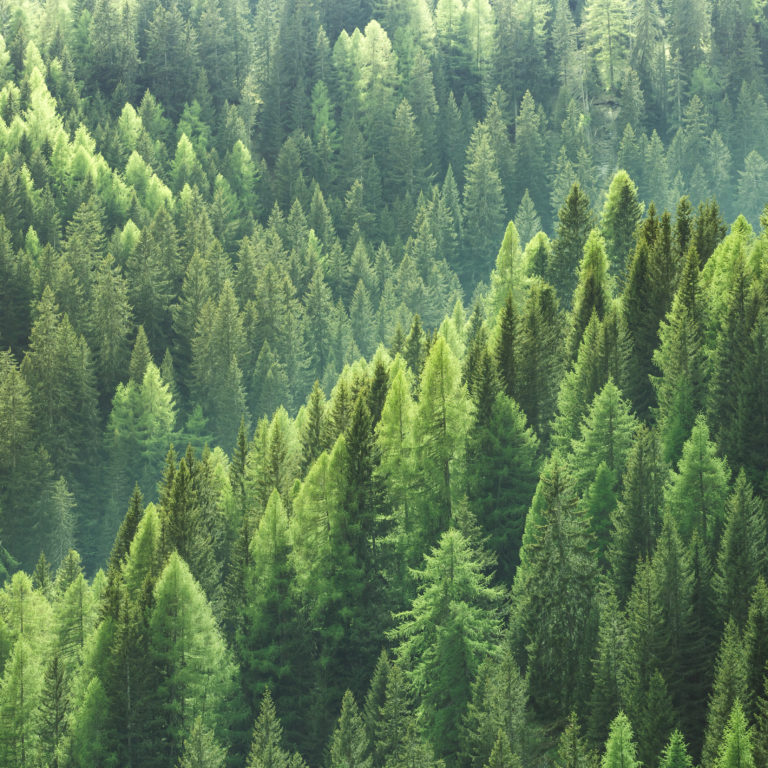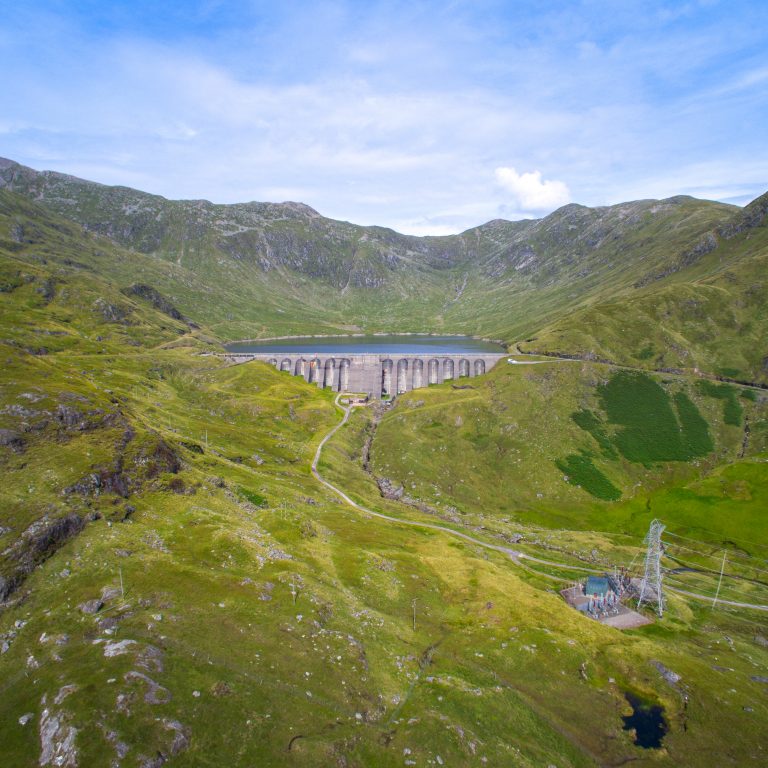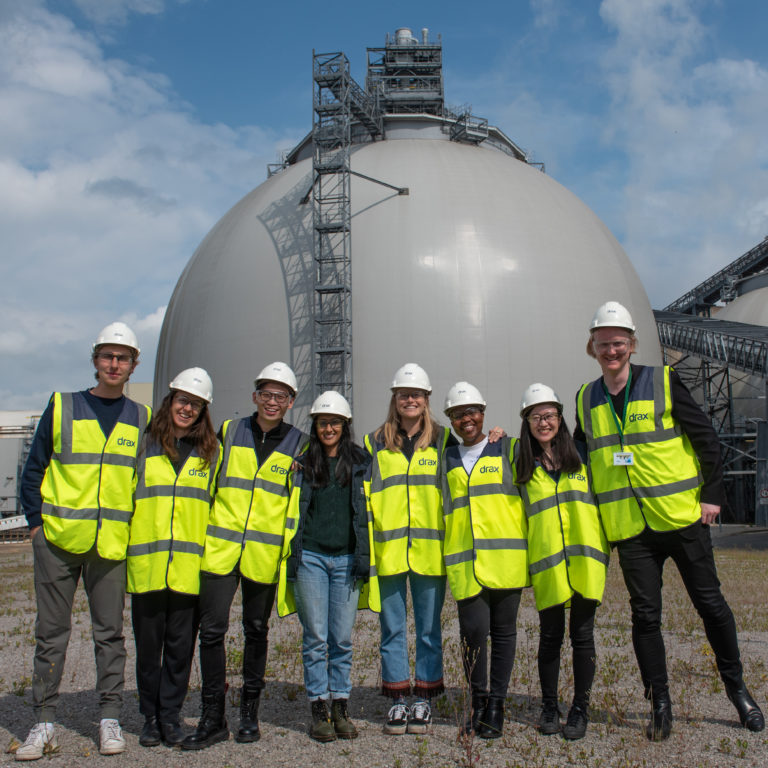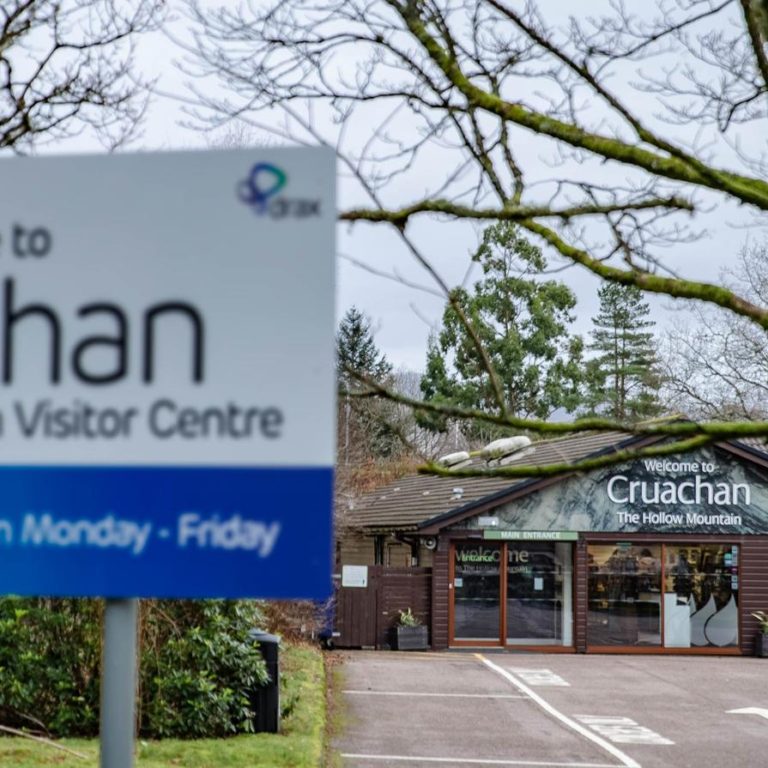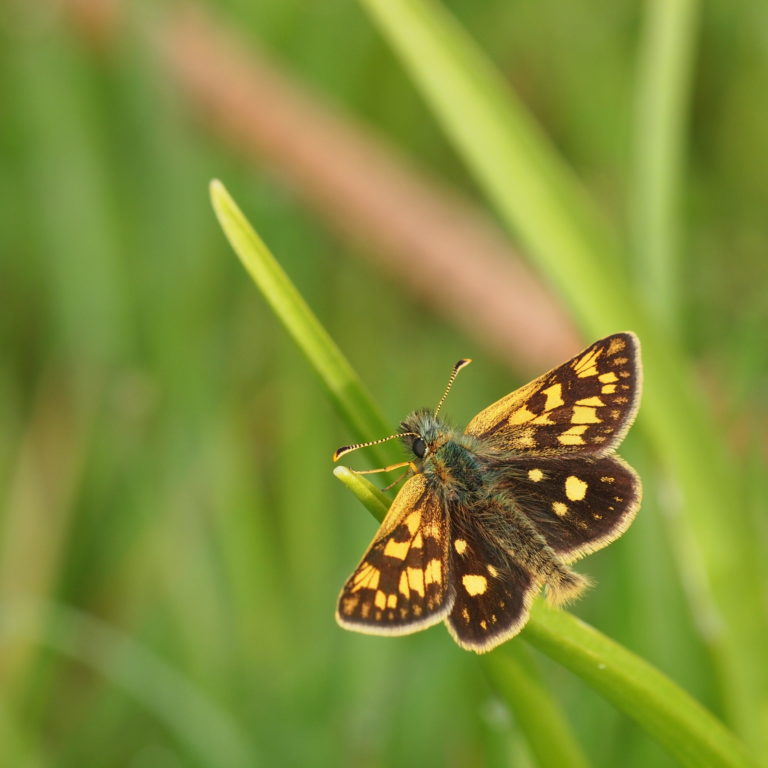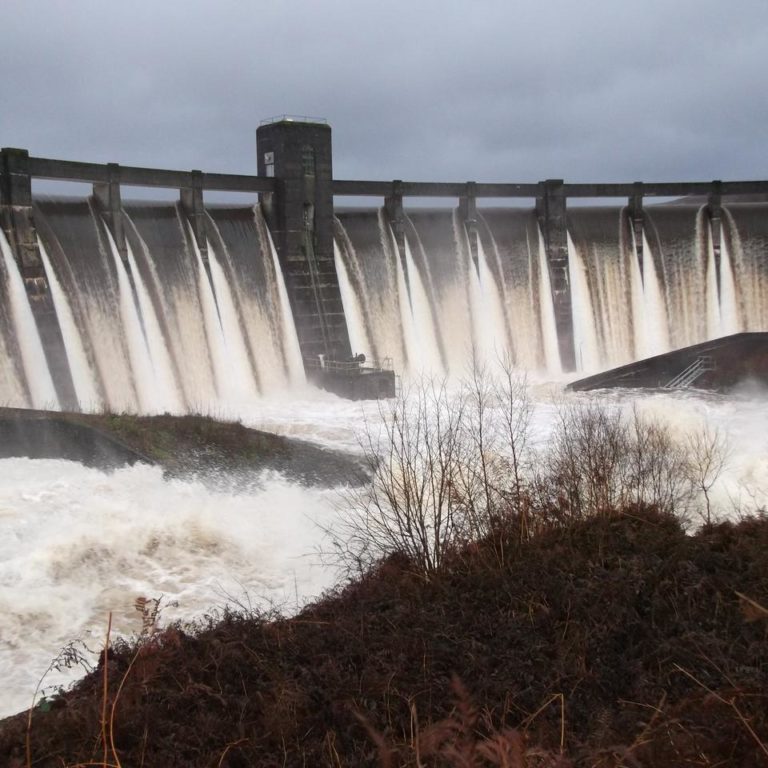The River Dee in south-west Scotland flows from its source in Loch Dee through the Galloway Hills, firstly to Clatteringshaws Loch, then into Loch Ken, where it joins the Water of Ken.
As in much of Scotland, salmon populations here have struggled, with rod catches at an all-time low. Climate change leading to warmer rivers and seas, commercial farming and changes in food supply have all been blamed.
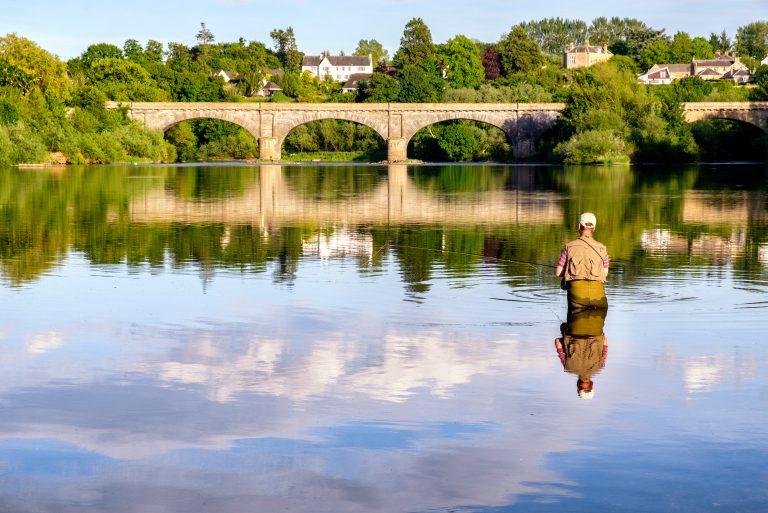
Fly-fishing on the River Tweed with the iconic Kelso Bridge at the background. Kelso, Scottish Borders, Scotland
In 2019 Drax Group pledged £100,000 over four years to support community initiatives in the Galloway Glens region as part of its efforts to support those living in the areas in which it operates.
One of these projects is the Blackwater of Dee Restoration project which aims to boost salmon stocks by moving natural river sediments past large impoundments such as dams – the first time in Scotland that targeted support has been provided to recreate the natural movement of aggregate along the length of the river. The project is situated downstream of Clatteringshaw Dam which facilitates electricity generation at Drax’s Galloway Hydro-Electric scheme.
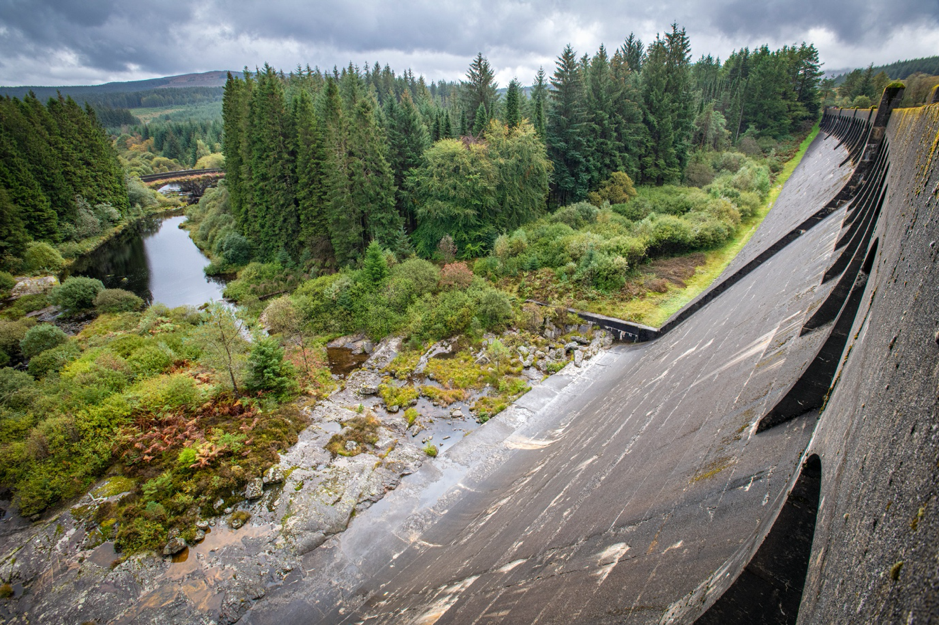
Clatteringshaw Dam
Human beings have always had an extensive relationship with rivers. For thousands of years they have provided food, hydration and highways.
Ancient people worshipped rivers: the word Dee is derived from the word Deva, one of the oldest written words in the English language, dating back to 150AD, a Celtic word for goddess.
As civilisations developed, rivers became sources of wealth. Rivers – like coal – powered the industrial revolution with watermills driving many forms of industry. The harnessing of the Blackwater of Dee as a power source in the 1930s was a major feat of human ingenuity which provided power for the country.
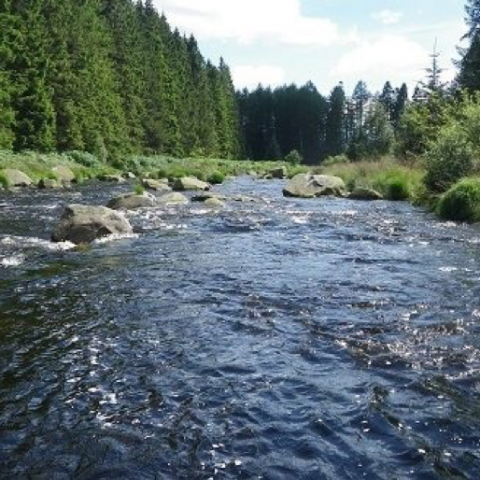
As part of this project, Galloway Fisheries Trust has been training an army of volunteers to look after the Dee. These volunteers collect data on the river habitats, the fish and invertebrate populations. They have planted native trees and removed non-native invasive plant species.
It is hoped that the project will signal a genuine kickstart to rebuilding Scotland’s salmon population in the long term.
“Drax is proud to support the Galloway Glens Scheme in the effort to restore salmon stocks,” says Stuart Ferns, Drax’s Galloway Hydro Scheme Operations Manager. Ferns noted the initiative also provides “innovative and exciting learning opportunities for young people across the South of Scotland.”
McNabb Laurie, Galloway Glens Team Leader, believes the scheme is a great example of the private sector working with the not-for-profit sector: “This is the first project of this type in Scotland, another first for Galloway!
“We need to pursue every avenue we can to support salmon and other species in the Dee catchment,” Laurie comments. “Our thanks as always going to National Lottery Heritage Fund for the funding and Scheme partners including Drax, Dumfries & Galloway Council and the Galloway & Southern Ayrshire UNESCO Biosphere.”
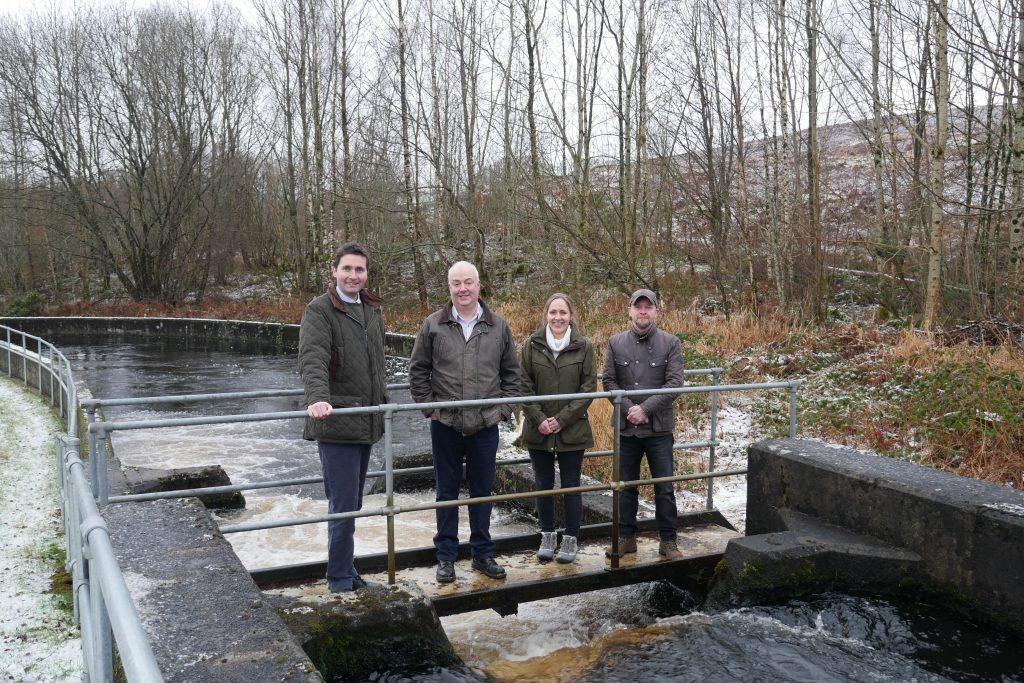
Earlstoun Fish Pass: l-r McNabb Laurie, Jamie Ribbens, Rowan McCleary, Stuart Ferns
Read more information about the project or contact the Galloway Fisheries Trust on 01671 403011.







